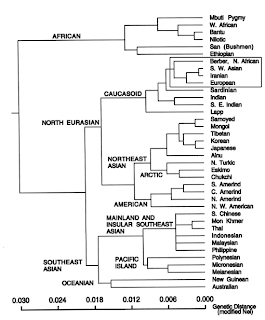The story of how Satwant Singh Kaleka chose to live and die touches me deeply and makes me proud to be a Sikh. My heart goes out to the families of all who were slain.
http://www.cnn.com/2012/08/06/us/wis...ing/index.html
"From what we understand, he basically fought to the very end and suffered gunshot wounds while trying to take down the gunman," said Kanwardeep Singh Kaleka, his nephew.
"He was a protector of his own people, just an incredible individual who showed his love and passion for our people, our faith, to the end," he said, near tears.
"He was definitely one of the most dedicated individuals I have ever seen, one of the happiest people in the world."
"From what we understand, he basically fought to the very end and suffered gunshot wounds while trying to take down the gunman," said Kanwardeep Singh Kaleka, his nephew.
"He was a protector of his own people, just an incredible individual who showed his love and passion for our people, our faith, to the end," he said, near tears.
"He was definitely one of the most dedicated individuals I have ever seen, one of the happiest people in the world."



Comment